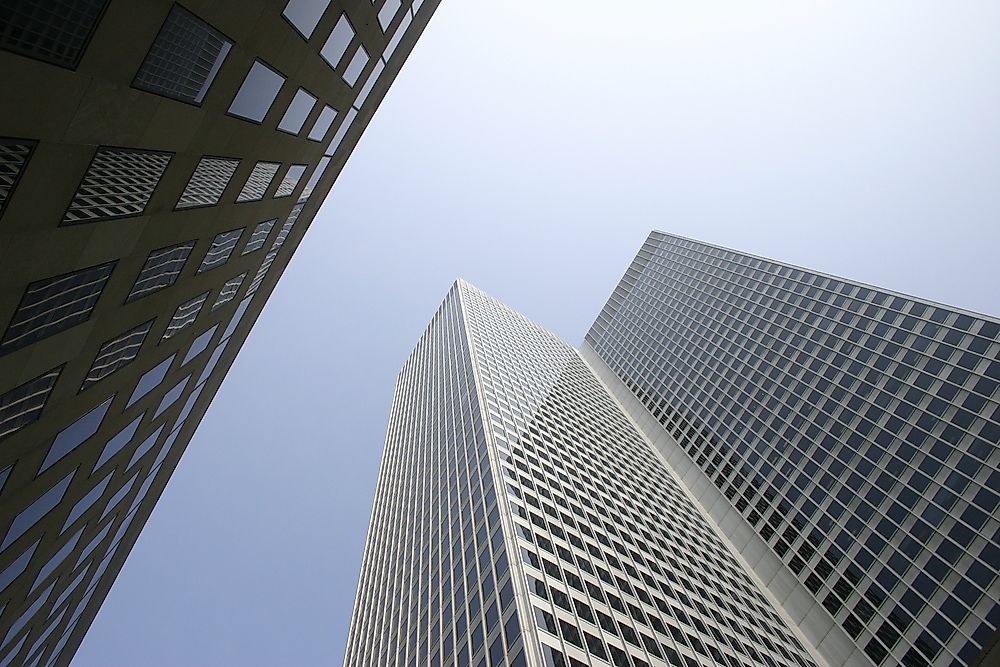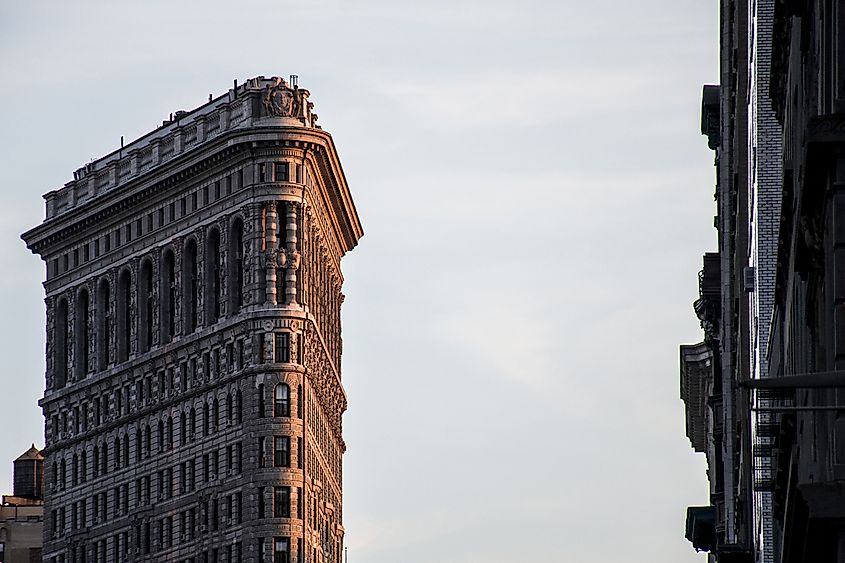Movements Throughout History - Modernism

What is Modernism?
Modernism refers to a period of time between the late 19th and early 20th centuries. Modernism was shaped by the growth of industrial societies and the development of urban centers following the activities of the World War I. It was characterized by the activities and works of artists who thought the preceding forms of art, architecture, religion, and philosophies, were no longer relevant in the context of the emerging world. Modernism relied on the belief in the ability of humans to reshape the environment around them.
Modern Architecture

Modern architecture refers to a broad group of architectural styles which emerged in the early 20th century. The style was based on modern technologies of construction including the use of glass, steel, and concrete. This was paired with the rejection of the traditional architecture ideals to create a modernist style. Modern architecture dominated the architectural style for most of the institutional and commercial buildings up until the 1980s, with its decline brought on only by the emergence of postmodernism and neo-modernism. The modernist revolution began with the use of cast iron and concrete to build stronger structures. The first skyscraper to be built with a metal frame was constructed in Chicago in 1884 (The Home of Insurance Building). Some famous modern architects include Frank Lloyd Wright, Le Corbusier, Walter Gropius, and Ludwig (Mies) Van der Rohe.
Visual Art
Modern art refers to work produced between the 1860s and 1970s that denotes the style and philosophy of modernism. This style of visual art replaced the traditional arts of the past, as it was often experimental in style, drawing from modern points of view and new ideas on the material and functions of the art. Modern art was characterized by painters such as Vincent Van Gogh and Paul Gauguin who played a critical role in the development of modern art. The mid 20th century saw an emergence of several art movements including abstract expression, minimalism, pop art, cubism, and fauvism.
Modernist Music
Modern music was characterized by changes in musical style that occurred from late 19th century into early 20th century. This period saw years of serious innovation and reinterpretation. During the period of modernism, no single genre assumed a dominant position. Modernism in popular music was witnessed when the Los Angeles rock and roll radio station dubbed its air space “Modern Radio.” In classical music, composers such as Stravinsky and Schoenberg gained popularity during the modernist period.
Criticism to the Modernism
Modernism focused on freedom of expression and radicalism which disregards the conventional expectations. The Soviet Union government rejected modernism on allegations of elitism while the Nazi government deemed it as narcissistic and nonsensical. Modernism only flourished in capitalist societies despite the fact that those who embraced it often rejected consumerism. The effect of modernism has remained strong and persistent into the present day, especially when compared to other forms of philosophies.











